Principal Investigators in the Occupational and Environmental Epidemiology Branch (OEEB)

Meet the principal investigators in the Occupational and Environmental Epidemiology Branch (OEEB) and learn about their research programs.
-

Laura Beane Freeman, Ph.D.
Dr. Beane Freeman investigates cancer risk associated with a number of occupational and environmental exposures. Specifically, she conducts research related to the agricultural environment, including pesticides; industrial chemical exposures such as formaldehyde; and drinking water contaminants, such as disinfection by-products.
-
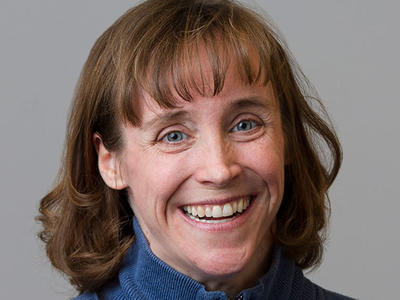
Sonja Berndt, Pharm.D., Ph.D.
Dr. Berndt utilizes new analytic and bioinformatic methods in genetic and molecular epidemiology to elucidate the etiology of cancer and anthropometric traits and explores the impact of modifiable risk factors on cancer risk and mortality.
-
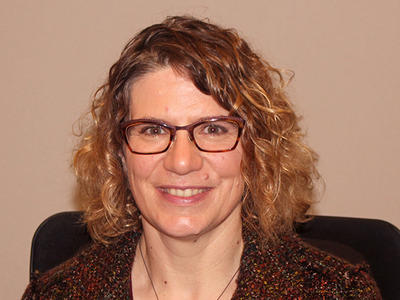
Melissa Friesen, Ph.D.
Dr. Melissa Friesen's research has focused on quantitative assessment strategies to minimize exposure misclassification in occupational epidemiologic studies. She has focused on improving exposure estimates, evaluating the robustness of exposure-response relationships to exposure assessment strategies, and using statistical models for both developing exposure metrics and evaluating their exposure-response relationships.
-
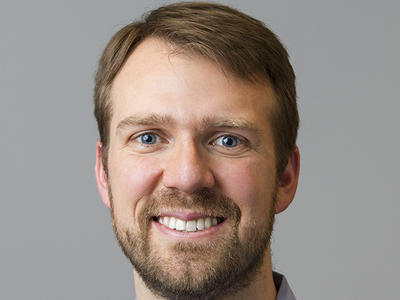
Jonathan Hofmann, Ph.D., M.P.H.
Dr. Jonathan Hofmann focuses his research on understanding the carcinogenic potential of pesticides and other agricultural exposures and PFAS. He also uses molecular epidemiologic approaches to investigate the etiology and natural history of multiple myeloma and its precursor monoclonal gammopathy of undetermined significance (MGUS).
-

Rena Jones, Ph.D., M.S.
Rena R. Jones, Ph.D., M.S., focuses on the investigation of cancer risk associated with environmental contaminants, especially air and water pollutants. Her work relies on the application of Geographic Information Systems (GIS) and novel approaches to assess environmental exposures, and evaluate how they may cause cancer.
-
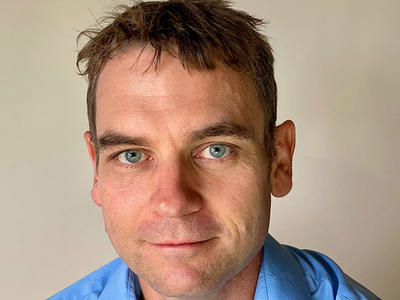
Alexander Keil, Ph.D., M.S.P.H.
Dr. Alexander Keil focuses on methodological approaches to addressing biases in occupational health studies and understanding the human health impacts of exposure mixtures.
-
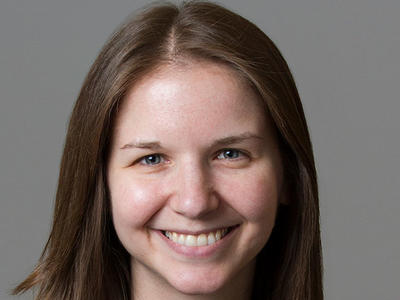
Stella Koutros, Ph.D., M.P.H.
Stella Koutros, Ph.D., employs state-of-the-art exposure assessment methods and molecular studies within highly exposed populations to identify the etiology and clarify the biological mechanisms underlying chemical-induced carcinogenesis.
-

Qing Lan, M.D., Ph.D., M.P.H.
Qing Lan, M.D., Ph.D., M.P.H. focuses on the molecular epidemiology of indoor air pollution and lung cancer and occupational exposures to known or suspected carcinogens, as well as the etiology of hematopoietic malignancies.
-

Mark Purdue, Ph.D.
Dr. Mark Purdue applies molecular and classical epidemiologic methods to study the causes of cancer and improve exposure assessment. He is particularly interested in evaluating the potential carcinogenicity of per- and polyfluoroalkyl substances and chlorinated solvents, and investigating the etiology of kidney cancer.
-
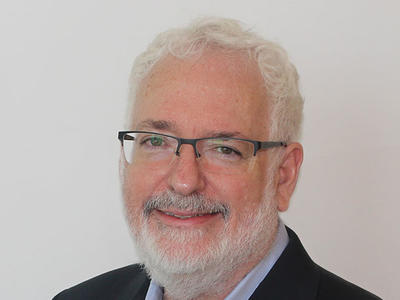
Nathaniel Rothman, M.D., M.P.H., M.H.S.
Dr. Rothman's research focuses on using biologic markers of exposure, early biologic effect, and genetic susceptibility in epidemiologic studies of occupational and environmental causes of cancer.